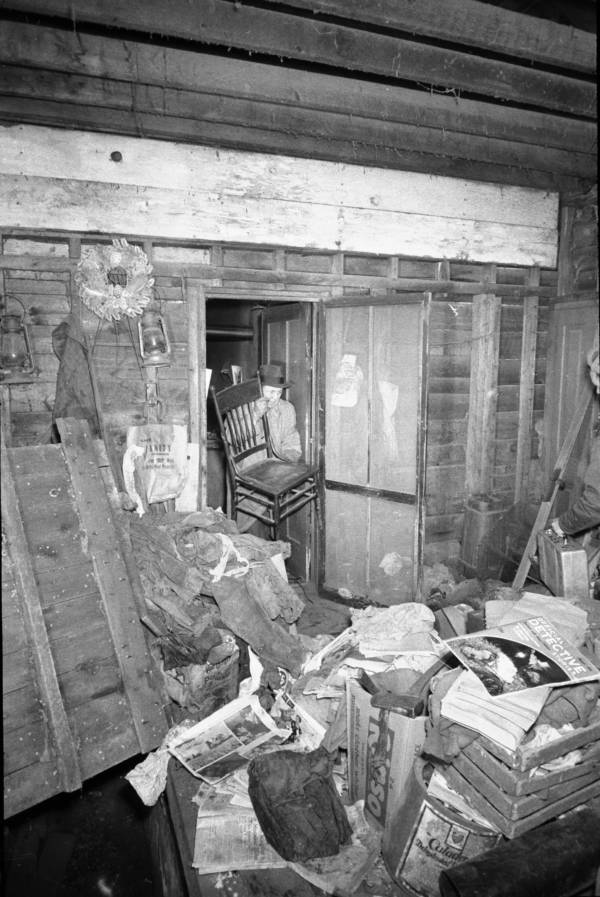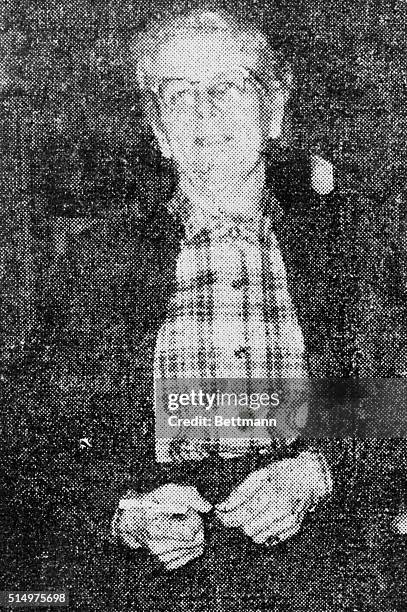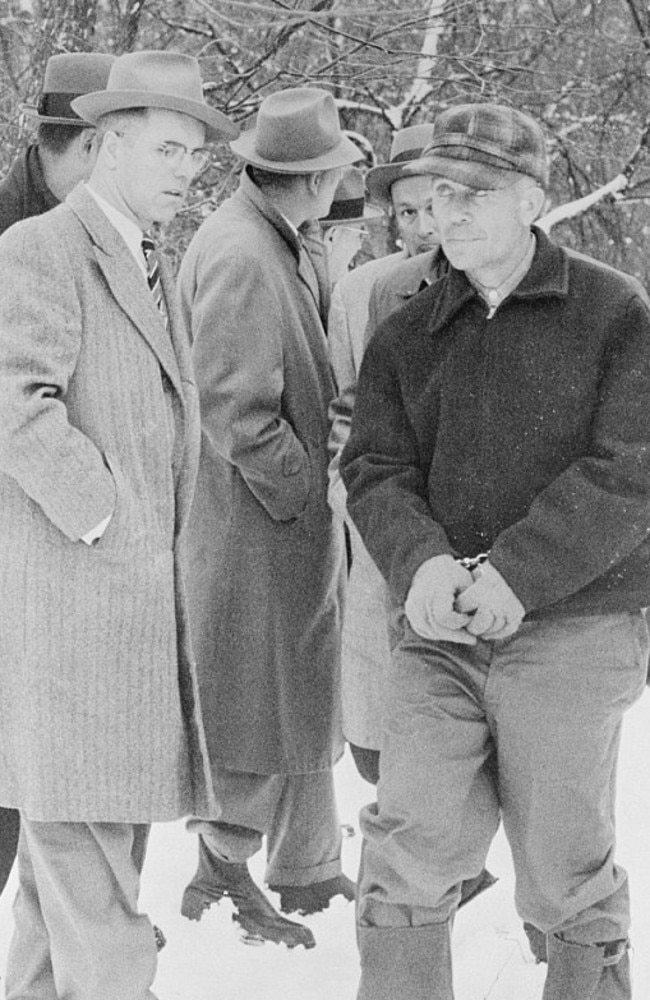How could a quiet, unassuming man become one of America's most infamous serial killers? Ed Gein, whose grotesque crimes shocked the nation in the late 1950s, remains an enigma to this day. The chilling discoveries made within the walls of his farmhouse near Plainfield, Wisconsin, revealed a mind warped by obsession and depravity. His actions not only left an indelible mark on true crime history but also inspired some of the most iconic horror films ever made.
In November 1957, authorities arrived at Gein's property after he confessed to killing Bernice Worden, the owner of a local hardware store. What they found inside was beyond comprehension—a house filled with human remains, dismembered body parts, and items crafted from human skin. This wasn't just a crime scene; it was a macabre museum of horrors that defied imagination. Decades later, researchers and historians continue to study Gein's case, seeking answers to questions about his motivations and mental state.
| Bio Data & Personal Information | Details |
|---|---|
| Name | Edmund Emil Gein |
| Date of Birth | August 27, 1906 |
| Place of Birth | La Crosse, Wisconsin, USA |
| Date of Death | July 26, 1984 |
| Cause of Death | Liver cancer |
| Residence | Plainfield, Wisconsin |
| Career & Professional Information | |
| Occupation | Farmer, handyman |
| Notable Crimes | First-degree murder, necrophilia, grave robbing |
| Judicial Outcome | Found not guilty by reason of insanity; committed to Central State Hospital |
| Reference | History.com |
Gein's fascination with death began long before the events that led to his arrest. Growing up in rural Wisconsin, he lived a reclusive life alongside his overbearing mother, who instilled strict religious beliefs and fear of women. After her death in 1945, Gein became increasingly isolated, eventually turning to grave robbing as a way to satisfy his morbid curiosity. He excavated bodies from local cemeteries, taking bones, organs, and even facial features to create what he called trophies. Some of these artifacts were discovered during the investigation of his home, including bowls made from skulls and masks fashioned from human skin.
The impact of Gein's crimes extends far beyond the confines of his small-town existence. His story has been immortalized in popular culture, serving as inspiration for characters like Norman Bates in Alfred Hitchcock's Psycho, Buffalo Bill in The Silence of the Lambs, and Leatherface in The Texas Chain Saw Massacre. Each of these fictional portrayals captures elements of Gein's twisted psyche, perpetuating his legacy as a symbol of human monstrosity.
Despite the passage of time, interest in Ed Gein remains strong among true crime enthusiasts and filmmakers alike. In recent years, documentaries and podcasts have revisited his case, offering fresh perspectives on his life and crimes. However, many aspects of his personality and behavior remain shrouded in mystery. Was he driven purely by psychological illness, or did societal factors play a role in shaping his dark desires? These questions continue to fuel debate among experts and laypeople alike.
One intriguing aspect of Gein's story is the connection between his personal experiences and the broader cultural context of post-war America. During the 1950s, societal norms were rigidly enforced, leaving little room for individual expression or deviation. For someone like Gein, who struggled with severe emotional issues, this environment may have exacerbated his feelings of alienation and despair. Additionally, his exposure to violent imagery through pulp magazines and early horror films might have influenced his perception of reality, blurring the lines between fantasy and fact.
Photographic evidence from the crime scene provides a haunting glimpse into Gein's world. Images captured by law enforcement officers reveal the eerie tranquility of his farmhouse exterior, contrasting sharply with the chaos within. Inside, investigators uncovered a grim tableau of human remains scattered across rooms, interspersed with everyday objects such as chairs and tables. This juxtaposition underscores the duality of Gein's existence—part farmer, part monster—and highlights the thin line separating normalcy from madness.
Today, Ed Gein's name evokes both revulsion and fascination. While his actions will forever be condemned, they also serve as a reminder of humanity's capacity for darkness. By examining his life and crimes, we gain insight into the complexities of the human mind and the forces that can drive individuals toward unspeakable acts. Whether viewed through the lens of psychology, sociology, or criminology, Gein's case offers valuable lessons about the importance of understanding and addressing mental health issues before they escalate into tragedy.
Though much has changed since the days when Gein terrorized his community, the themes raised by his story remain relevant today. As society grapples with rising rates of violence and mental illness, it becomes increasingly important to confront difficult truths about our collective past. By doing so, we honor the victims of crimes like those committed by Ed Gein while striving to prevent similar tragedies in the future.
In conclusion, Ed Gein's legacy serves as both a warning and a call to action. His descent into madness reminds us of the fragility of the human psyche and the need for compassion and support in times of crisis. Through continued research and dialogue, we can work toward a better understanding of the root causes of criminal behavior and develop strategies to mitigate its effects. Ultimately, the story of Ed Gein challenges us to look inward, confronting our own fears and prejudices, and striving to create a more just and equitable world for all.



